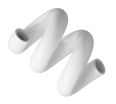David Randall PhD 👋
A Passionate User Research Specialist with 15 years of Experience conducting research in academia and business.

A Passionate User Research Specialist with 15 years of Experience conducting research in academia and business.
During the summer of 2016, I interned as a UX Researcher at YouTube on the Creator Love team. My brief was to pilot a research kit developed by my mentor, analyse the results, iterate on the approach, and design and test a new version. The goal was to strengthen the connection between developers, designers, and their users through more effective research practices.
This project constituted the bulk of my work during my YouTube Internship. Due to signing an NDA, not all details of the project can be shown.
Client:
Advised by:
Time Frame:
Tools:
My internship began with the handover of five ‘research activity cards’, each outlining an activity—such as observing behaviours or prompting specific questions—for YouTube employees to use during events with creators. These cards were intended to help non-researchers gather meaningful insights in the field.
After the conference, employees submitted their activity results and feedback through an internal Google form. I analysed the submissions to identify key user pain points, positive experiences, and employee feedback on the kit itself. These findings informed the next phase of the project: conducting focus groups to delve deeper into the themes uncovered during the pilot.
Following the pilot study and analysis, I conducted a series of follow-up focus groups with YouTube employees to further explore the insights gathered and evaluate the effectiveness of the research kit.
After completing the focus groups, I combined their findings with pilot study data to produce an internal report highlighting key issues for creators, users, and YouTube employees. The report was well received by colleagues and informed the next phase of my project: iterating and improving the research kit based on collected feedback.
The final phase of my summer project was the iterative re-design and testing of the research activities, and the formation of a research activity library.
I completed a fully redesigned and deployable research activity library featuring over 20 activities. To support its use, I built an internal Google site containing clear instructions on how to deploy each activity across different contexts. The project was successfully delivered as my intern project and was well received by my mentor and other YouTube employees.
Overall, I successfully delivered my summer project to a high standard while managing multiple other initiatives during my internship at YouTube. I gained valuable experience conducting user research in fast-paced, unpredictable environments—far beyond the controlled lab settings I was used to. Distributing research kits in the field, supporting employees in using them, and encouraging their return pushed me out of my comfort zone and taught me how to adapt research practices in real-world contexts. Even the more formal aspects of the project, such as designing focus group activities and leading a full visual redesign of the kit, gave me the opportunity to develop new skills and apply them effectively.



